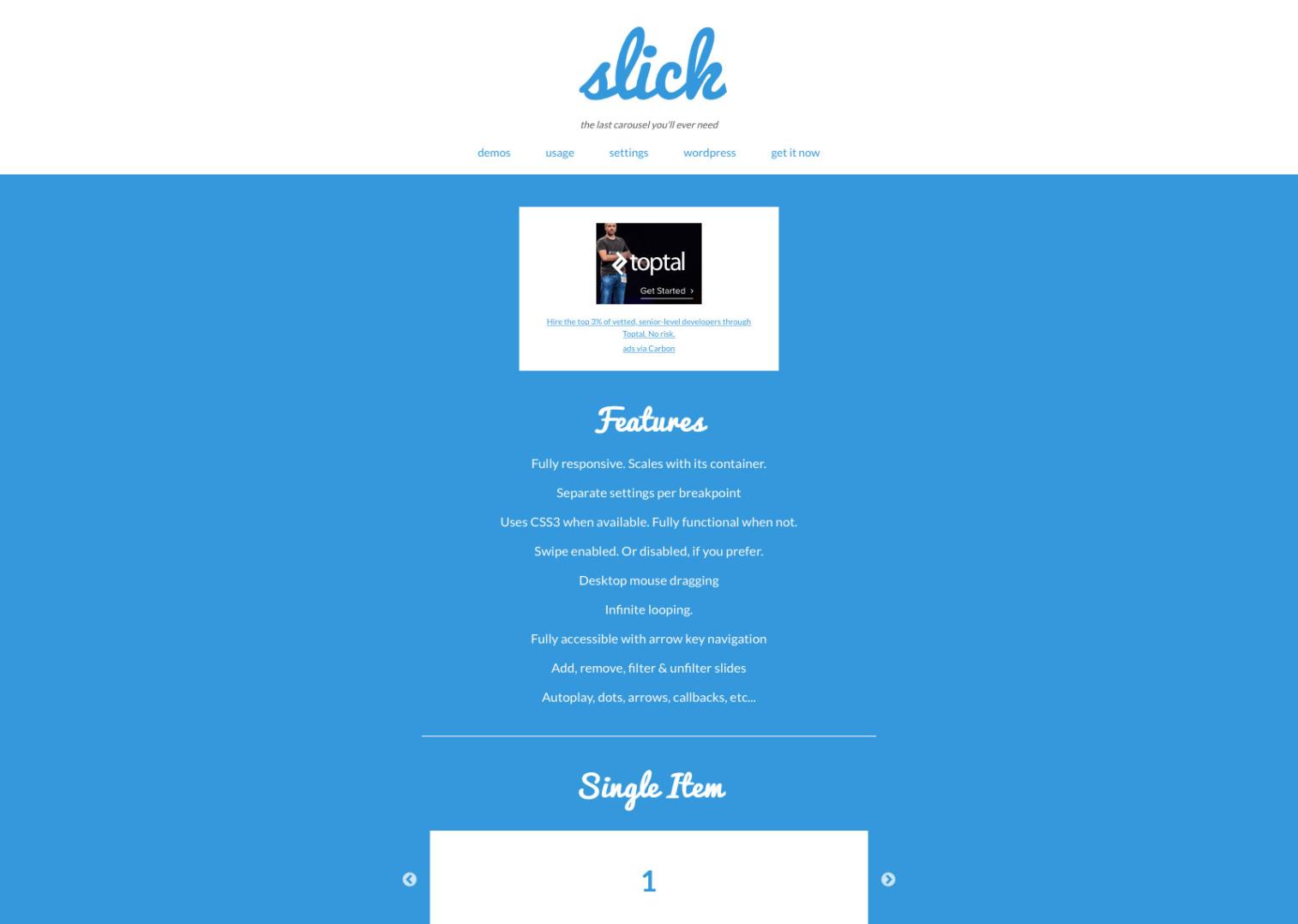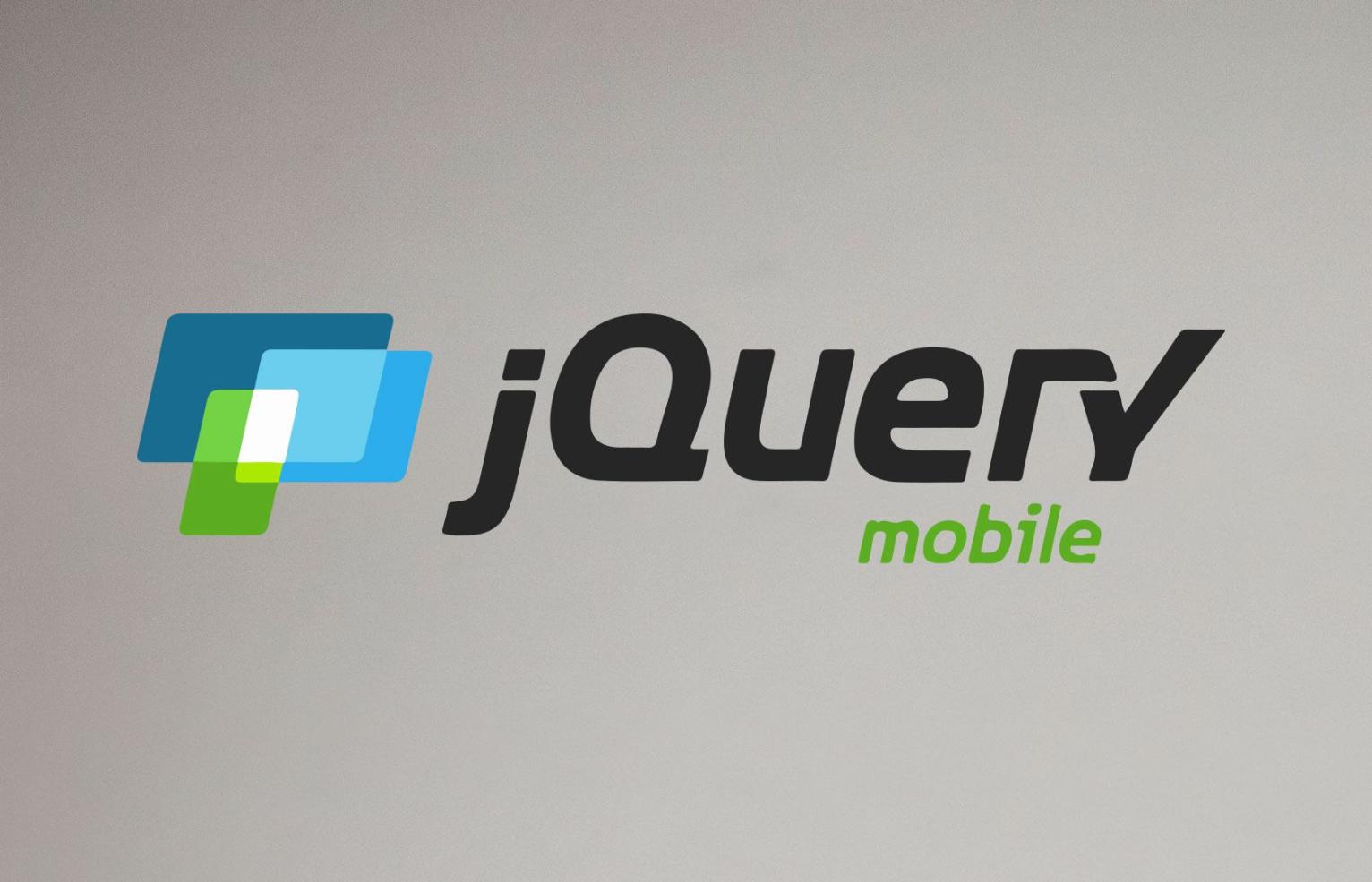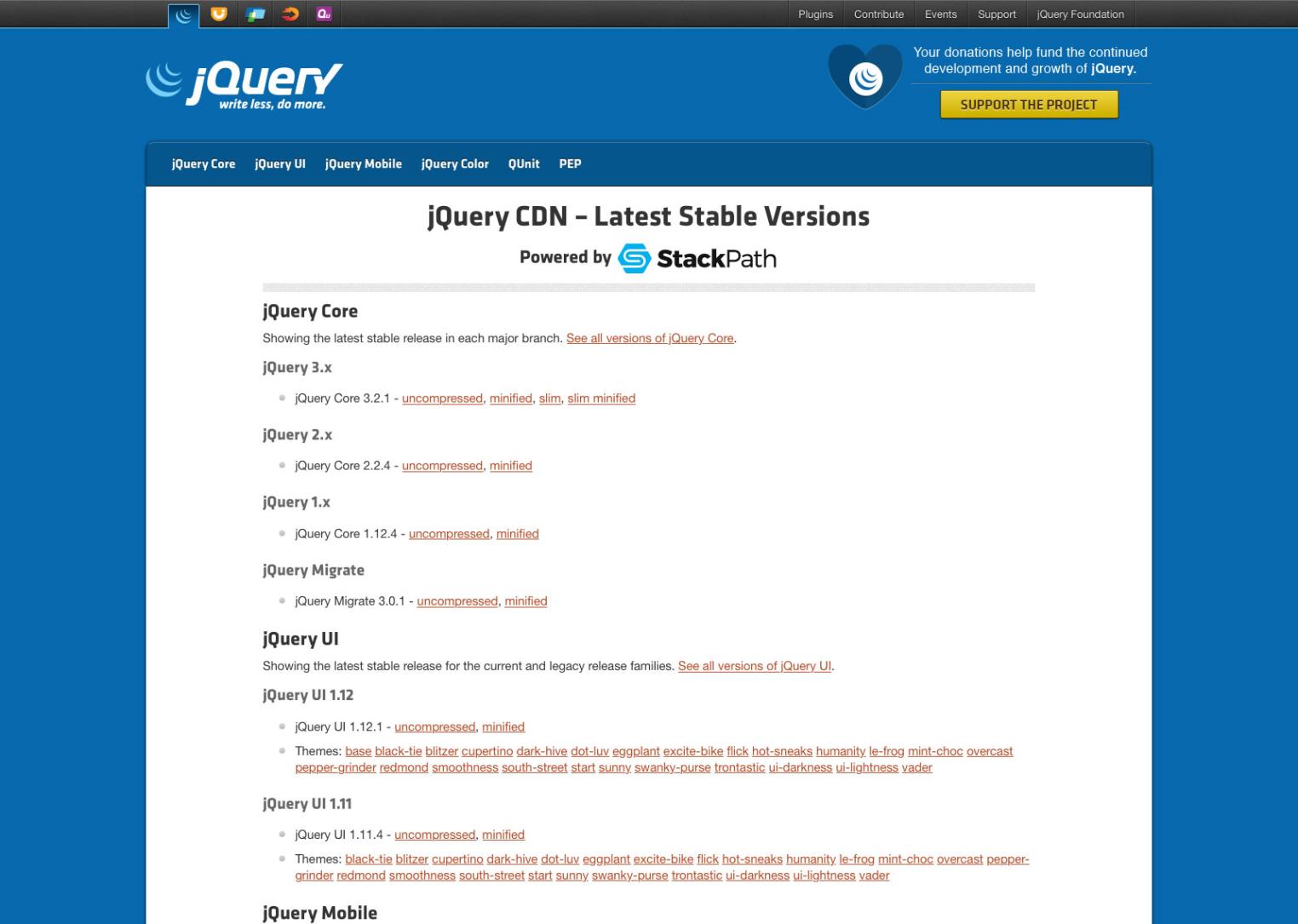jQuery4: A Comprehensive Overview and Comparison with Other JavaScript Libraries
In the ever-evolving landscape of web development, JavaScript libraries play a pivotal role in simplifying and enhancing the development process. Among these libraries, jQuery stands out as a popular and widely adopted tool. With the release of jQuery4, the library has undergone significant improvements, making it even more powerful and versatile. This article delves into the key features of jQuery4 and compares it with other prominent JavaScript libraries to provide a comprehensive understanding of its capabilities and suitability for various development scenarios.

Key Features Of JQuery4
Enhanced Performance:
JQuery4 boasts remarkable improvements in speed and efficiency compared to its predecessors. The library's optimized codebase and intelligent caching mechanisms ensure faster execution of tasks, resulting in improved website performance. Developers can leverage these performance enhancements to create responsive and seamless web applications that deliver a superior user experience.
Improved Selectors:
JQuery4 introduces new and updated selectors that simplify and streamline DOM manipulation. These selectors provide a more intuitive and concise way to target specific elements or groups of elements within the HTML document. Developers can utilize these selectors to effortlessly manipulate the DOM, reducing the amount of code required and enhancing the overall development efficiency.
Robust Event Handling:

JQuery4's event handling capabilities have been significantly enhanced, making it easier for developers to create interactive and responsive web applications. The library offers improved event delegation, allowing for efficient event handling even for dynamically generated elements. Additionally, jQuery4 provides a comprehensive set of event methods and properties, enabling developers to handle various user interactions with ease.
Powerful AJAX Capabilities:
JQuery4's AJAX support has been further strengthened, facilitating seamless data exchange between the client and server. The library's intuitive AJAX methods, such as $.ajax() and $.get(), simplify the process of sending and receiving data asynchronously. Developers can leverage these capabilities to create dynamic web applications that communicate with the server without reloading the entire page, resulting in a more engaging and responsive user experience.
Comprehensive Animation Engine:

JQuery4 introduces a comprehensive animation engine that provides a wide range of animation features and effects. Developers can easily create visually appealing animations using CSS3 transitions and keyframe animations. The library also offers a set of pre-built animations, making it convenient to add dynamic effects to web elements. These animation capabilities enhance the user experience and make web applications more engaging and interactive.
Comparison With Other JavaScript Libraries
JQuery4 Vs. Vanilla JavaScript:
JQuery4 offers several advantages over vanilla JavaScript, making it a preferred choice for many developers. jQuery4's concise syntax and comprehensive API simplify common development tasks, such as DOM manipulation, event handling, and AJAX requests. Additionally, jQuery4 provides cross-browser compatibility, ensuring that web applications function consistently across different browsers and devices.
JQuery4 Vs. Angular:
Angular and jQuery4 represent different approaches to web development. Angular is a comprehensive framework that follows the Model-View-Controller (MVC) architectural pattern, providing a structured approach to building complex web applications. In contrast, jQuery4 is a lightweight library that focuses on simplifying common JavaScript tasks. The choice between jQuery4 and Angular depends on the specific requirements of the project. Angular is suitable for large-scale applications with complex data models and intricate user interfaces, while jQuery4 is ideal for smaller projects or applications that require quick development and ease of use.
JQuery4 Vs. React:
React, like Angular, is a JavaScript framework that utilizes a component-based architecture. React's focus on declarative programming and virtual DOM manipulation makes it a popular choice for building interactive and data-driven user interfaces. However, React requires a deeper understanding of JavaScript concepts and a steeper learning curve compared to jQuery4. jQuery4, on the other hand, offers a more straightforward approach, making it a suitable choice for developers with limited JavaScript experience or those working on smaller projects.
JQuery4 stands as a powerful and versatile JavaScript library that offers a comprehensive set of features to enhance the development process. Its improved performance, enhanced selectors, robust event handling, powerful AJAX capabilities, and comprehensive animation engine make it an ideal choice for creating modern and interactive web applications. While jQuery4 excels in many areas, it is essential to consider the specific requirements of the project when selecting a JavaScript library. Developers should evaluate the complexity of the application, the desired level of control, and the learning curve associated with each library to make an informed decision.
In the realm of modern web development, jQuery4 continues to play a significant role, enabling developers to build high-quality web applications with ease and efficiency. Its extensive community support, comprehensive documentation, and wide range of available plugins further contribute to its popularity and make it a valuable asset for web developers.
YesNo

Leave a Reply